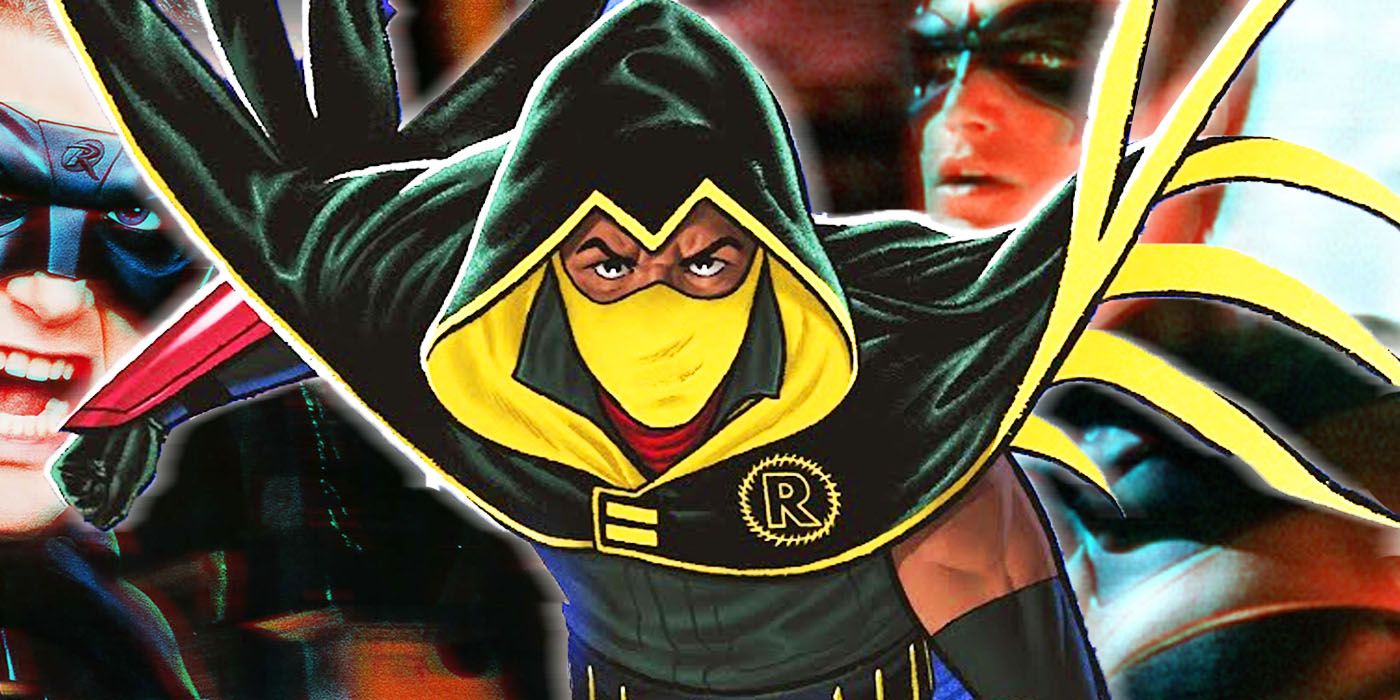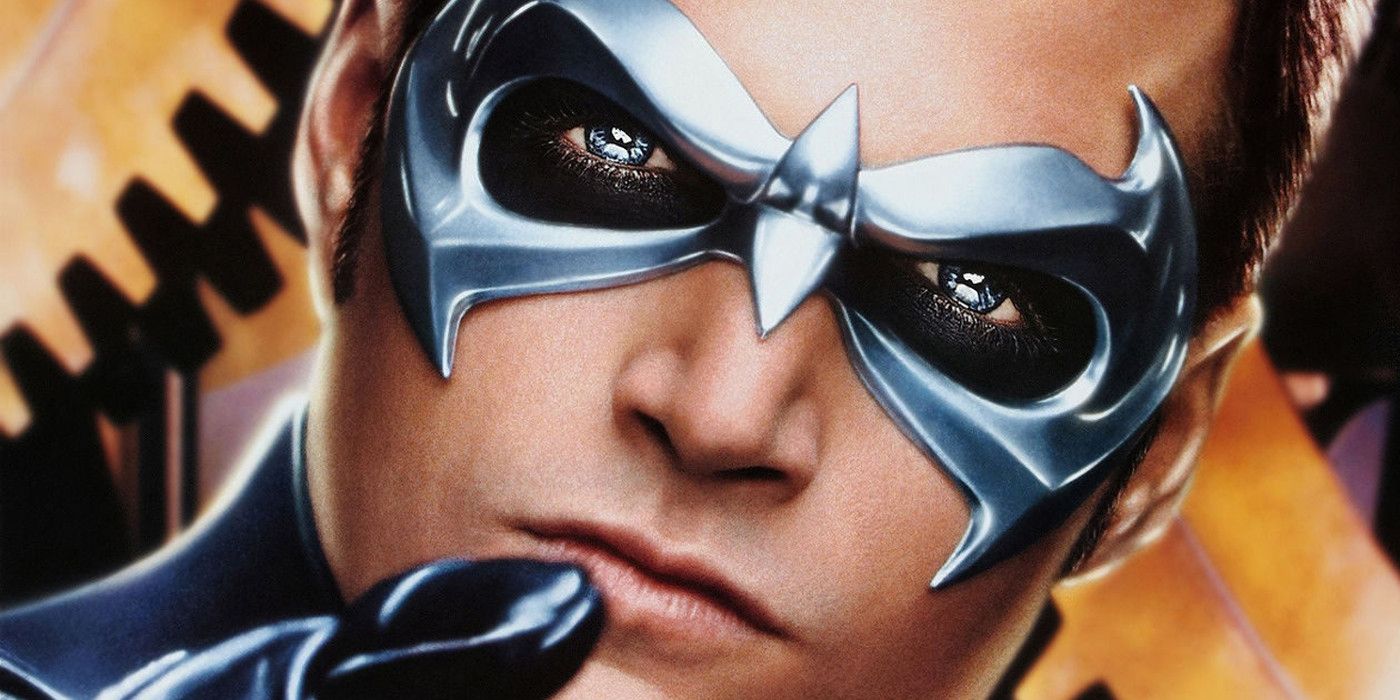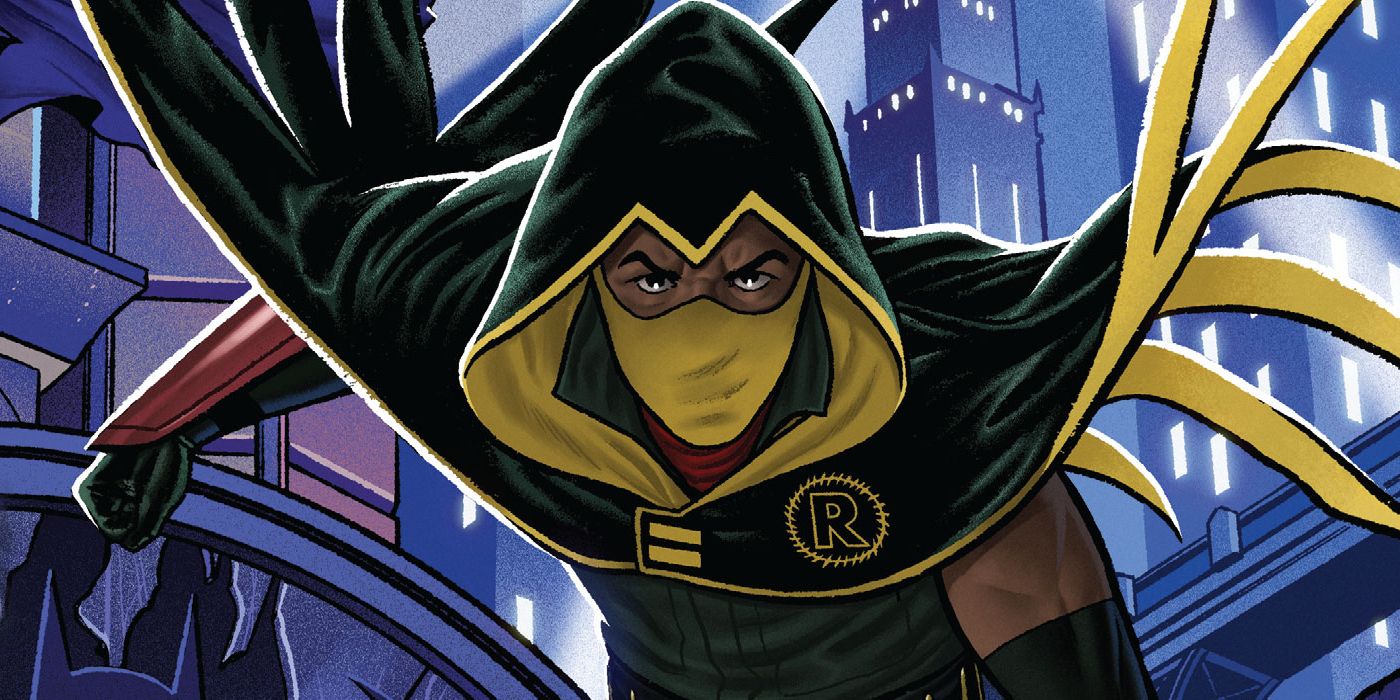WARNING: The following article contains spoilers for Batman '89 #4, on sale now from DC Comics.
True to its title and premise, the comic book miniseries Batman '89 has continued the world and story from Tim Burton's 1989 Batman film and its 1992 sequel Batman Returns, including incorporating discarded plot elements that were omitted or repurposed for the film series. Among the planned plot points was the introduction of Robin.
The Boy Wonder's debut was proposed for both the 1989 film and Batman Returns, before Burton's successor Joel Schumacher introduced his own version of the Boy Wonder in 1995's Batman Forever. And while Batman '89 ignores the events of Batman films following Batman Returns, its version of Robin drastically improves upon various cinematic depictions of the Dark Knight's sidekick.
Beyond Burt Ward's portrayal of Dick Grayson in the 1966 spinoff film from the successful Batman television series, the Boy Wonder's subsequent cinematic appearances have been mixed at best in their effectiveness. Chris O'Donnell's depiction of Grayson in Batman Forever and its 1997 sequel Batman & Robin featured a relatively faithful origin to the comic book source material, with Grayson as an acrobat who lost his family to crooks at the circus.
But, this iteration tried painfully too hard to target younger demographics at the time, with his smug attitude, '90s fashion, and love of motorcycles. The Dark Knight trilogy, as good as it is, only gave Robin a half-hearted nod, with an aimless twist at the end of 2012's The Dark Knight Rises revealing that Bruce Wayne's successor John Blake's true name was Robin before going nowhere with this revelation.
Batman '89 takes place an undetermined amount of time after Batman Returns, as Harvey Dent decides to put an end to the Caped Crusader's unchecked vigilante activity before being transformed into the villainous Two-Face. Dent's descent is mirrored by the rise of Drake, a teenager living in Gotham City who grows frustrated with the city's rampant corruption and neglect of his neighborhood, deciding to become an amateur crimefighter in his own right. And more than just a willing vigilante, Drake quickly proves himself every inch as adept on his feet and smart as any Robin, figuring out Bruce's superhero secret in Batman '89 #4 by Sam Hamm, Joe Quinones, Leonardo Ito, and Clayton Cowles.
As the screenwriter on the 1989 Batman film and Batman Returns, Hamm has had his eye on providing his own twist to the Robin legacy for decades, with Batman '89 finally giving him the opportunity to craft the auto mechanic iteration of the Boy Wonder planned for Batman Returns. However, Hamm is also given the creative room to make Drake a much more socially conscious Robin, facing important issues like urban decay and unchecked police brutality that may not have been able to make it to the big screen, and certainly was not present in the cinematic depictions of Robin that actually made it to the movies.
Robin is a figure that is either presented in an overly pandering manner to appeal to younger audiences and reflect what the filmmakers think the attitudes of the time would appreciate or one that is handled with an overabundance of caution, leading to a glaring lack of use.
In finally getting to deliver his cinematic vision of the Boy Wonder in Batman '89, Hamm has created a Robin that not only fits right into the world of the classic Burton films but also reflects modern sensibilities and issues that make Batman '89 a surprisingly timely comic for a sequel to a movie that came out nearly thirty years ago and is all the better for it.



